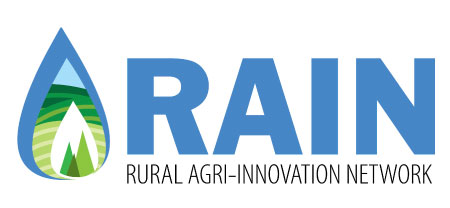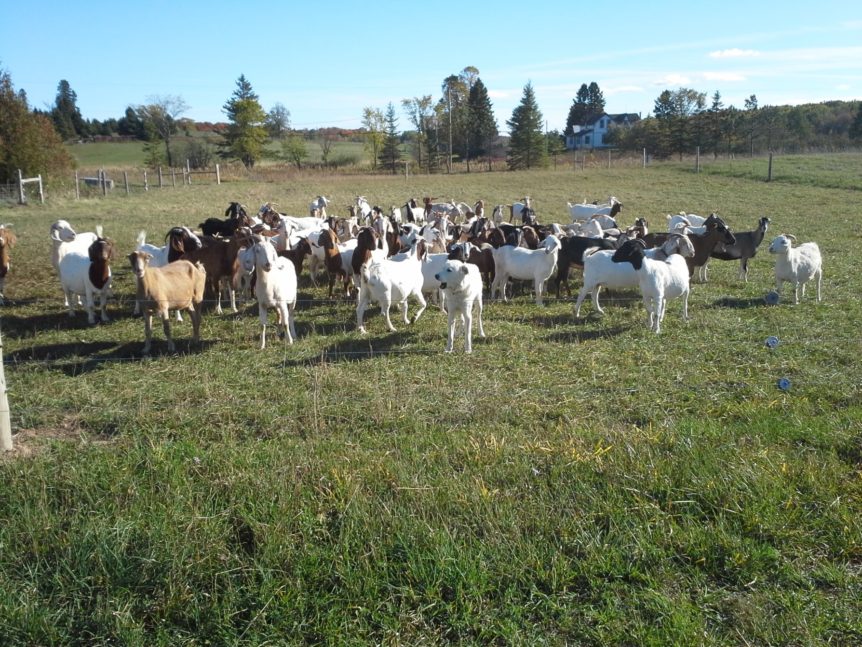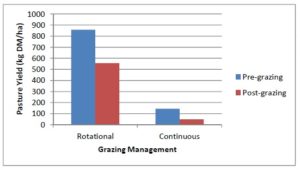Method
Two farms were set up with five paddocks each: one paddock per farm was continuously grazed; the other four were managed under rotational grazing. Forage samples were taken for nutrient analysis from the cattle farm on June 18 and the mixed livestock farm on October 5. Yield measurements at the cattle farm were done on June 18 and August 14 before cattle were turned out into the rotationally grazed paddocks. Those paddocks were sampled again when the cattle came out.
Results
Overall, rotationally grazed paddocks had significantly higher dry matter yields than continuously grazed paddocks (Figure 1).
Click on graph to enlarge
Grazing management (either rotational or continuous) had no effect on soil organic matter, potassium, or sulphur. The analysis indicated that rotationally grazed paddocks had significantly higher phosphorus than continuously grazed paddocks. The reason for this is unknown and could be due to normal variability in a limited number of samples.
Grazing management system also had no effect on forage phosphorus, potassium, and sulphur contents.
More results for this project are summarized in 2015 Pasture Improvement Results: Spanish River Carbonatite
Thanks go to our farmer co-operators Alex & Helen McRae, and Jim & Bette Withers for their assistance with this project.



Comments 2
Pingback: Rural Agri-Innovation Network (RAIN) - 2015 Pasture Improvement Results: Spanish River Carbonatite | Rural Agri-Innovation Network (RAIN)
Pingback: Rural Agri-Innovation Network (RAIN) - Grazing Management 2016 | Rural Agri-Innovation Network (RAIN)